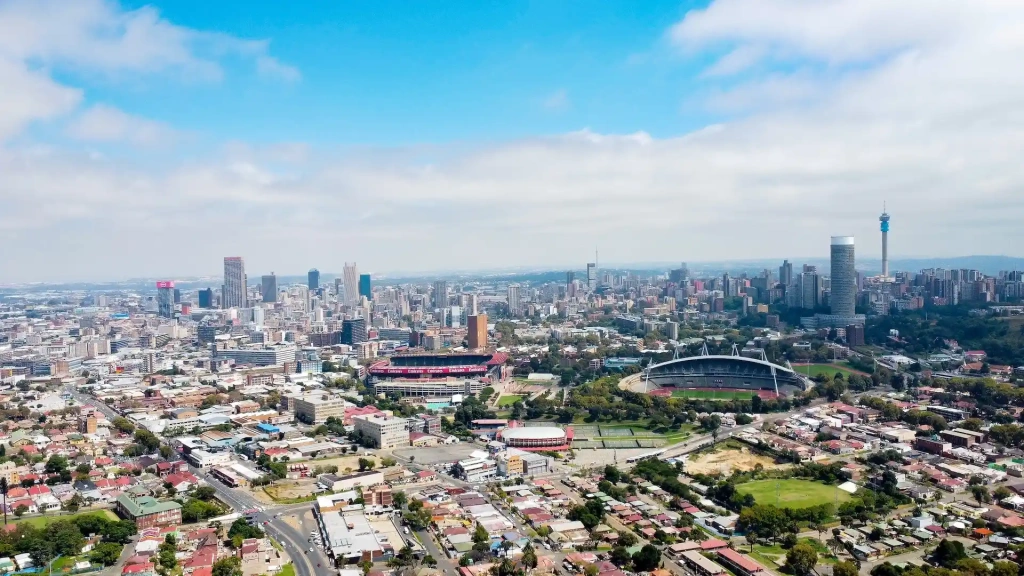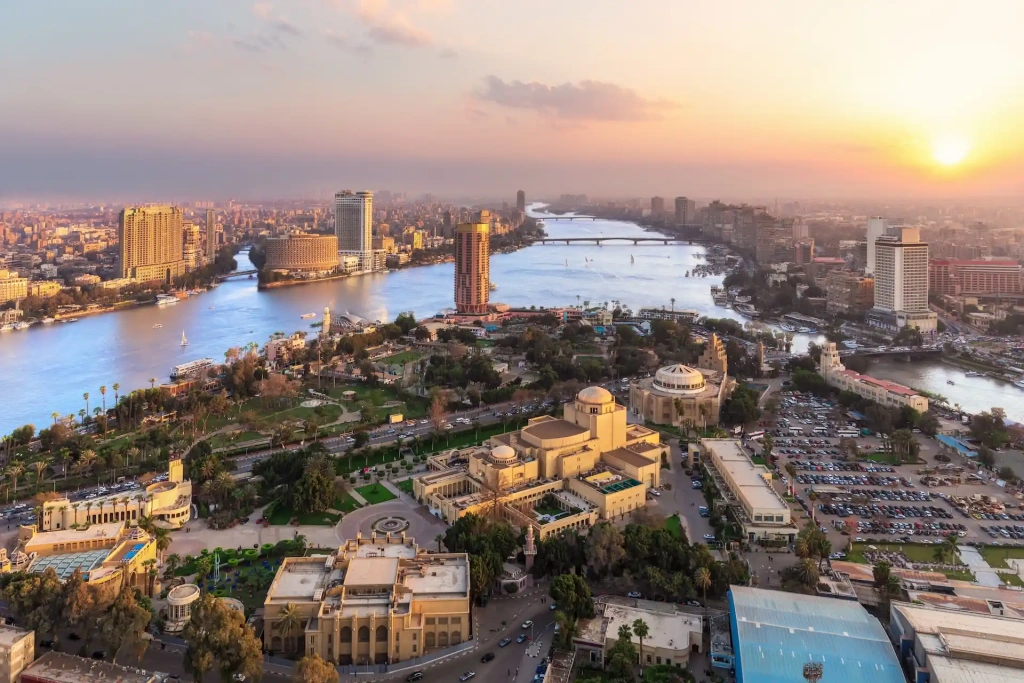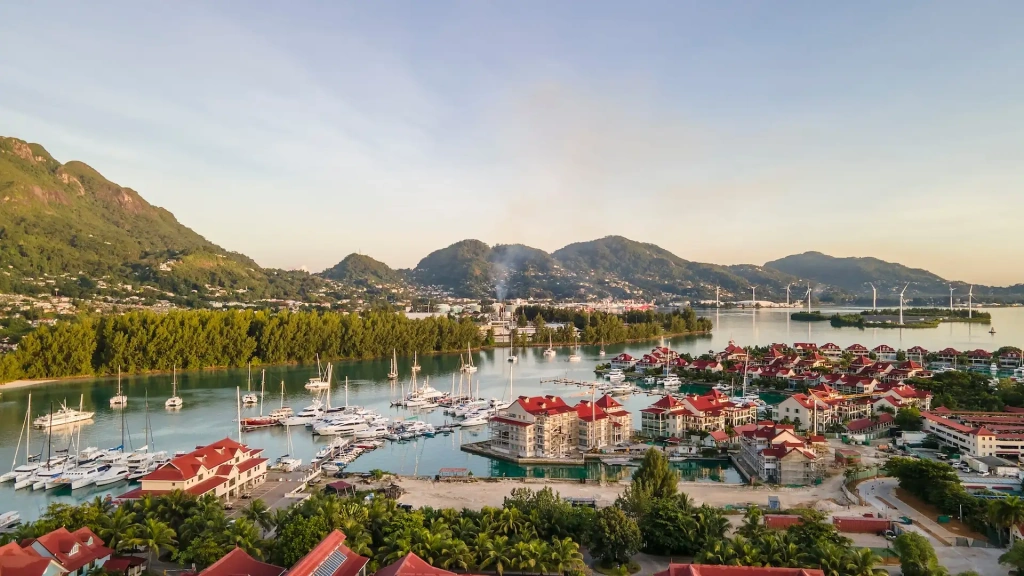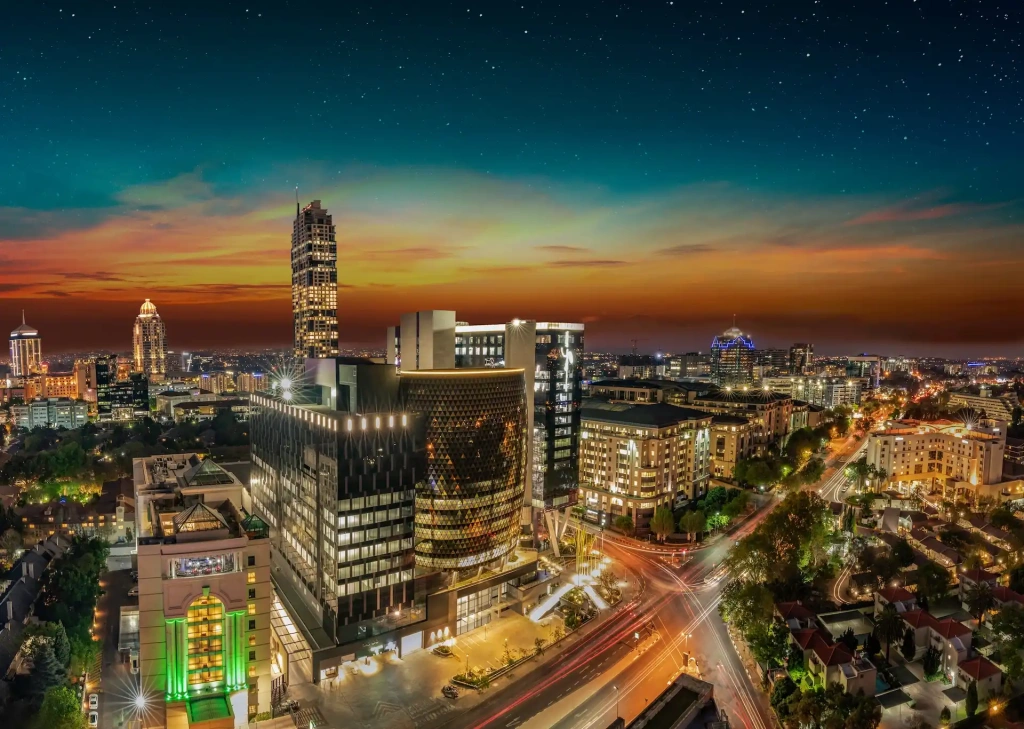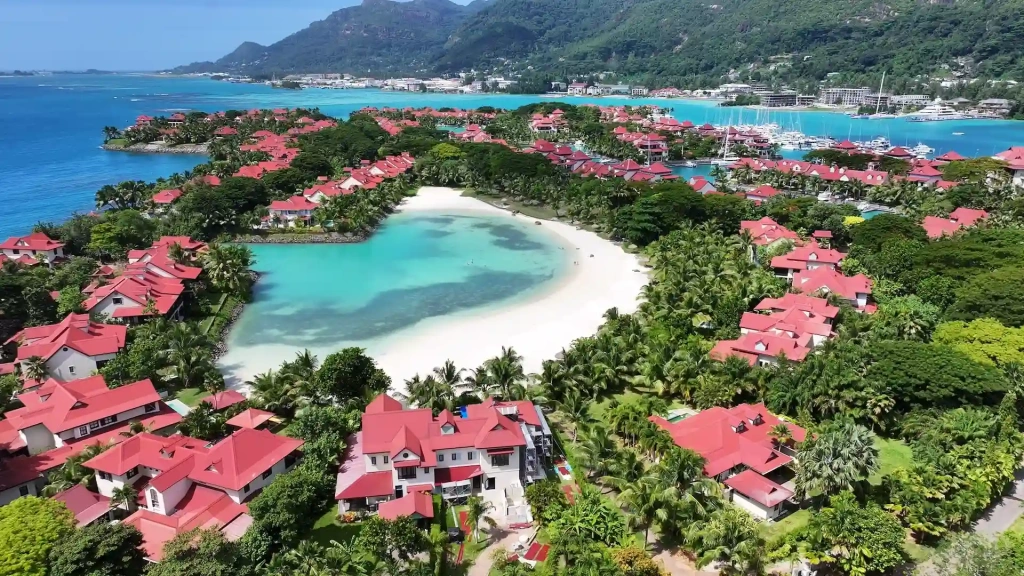Let's explore which African country holds the title of the continent's richest. Africa is often unfairly portrayed as universally poor, yet many African countries here are recognized as vibrant emerging markets and rapidly developing economies — a far more encouraging narrative. But which nation is the richest country in Africa? Let's find out!
Which country has the best economy in Africa?
When people talk about the biggest economies in Africa, South Africa, Egypt, Algeria, Ethiopia, and Nigeria are usually mentioned among the leaders. These are the countries with the highest GDP, exceeding $200 billion. We are using data from the for 2024.
Top 10 African countries by GDP
Based on the GDP, it’s fair to say that the Republic of South Africa is the richest country in Africa.
What is GDP, or Gross Domestic Product? It is the monetary value of all goods and services produced within a country over the course of a year. In other words, in 2024, South Africa earned $403 billion, making it the number one economy in Africa by this measure.
Other GDP-based calculations of the richest country in Africa
In general, when we imagine a rich country, we picture a high standard of living: an industrial economy, large modern cities, smooth roads, and plenty of entertainment for tourists. Countries like the USA, China, Germany, and Japan come to mind as leaders in their respective regions by GDP.
Among African nations, South Africa is the most technologically advanced. It has industrial production and a developed service sector. South Africa’s strength lies in its economic diversification — it isn’t reliant on a single resource or sector. It is also the only African country with permanent representation in the G20.
However, GDP can be too crude a measure — it’s useful for tracking development over time but not ideal for comparing countries at a given moment. It shows how much money a country earns, but not how far that money goes in terms of purchasing power.
To fix that, economists use an adjusted measure: purchasing power parity (PPP). It sounds complex, but the idea is simple. PPP allows for a comparison of what the same amount of money can buy in different countries, accounting for local price levels and currencies.
Top 10 African countries by GDP (PPP)
As you can see, when recalculating GDP by purchasing power, the rankings change. Only Kenya and Angola keep their positions. Tanzania climbs, Côte d’Ivoire drops off, and Ghana joins the list. South Africa slips from first to third, falling far behind Egypt.
By the way, Egypt is also included among the safest countries in Africa.
What happened to South Africa? Why doesn’t it look so rich compared to Egypt or Nigeria now? If you just look at GDP, South Africa seems richest due to its strong national currency, the South African rand. But living costs are higher than in Egypt or Nigeria, so you can buy less with the same amount. When PPP is considered, Egypt’s economy gives its people greater purchasing power.
Let’s take another approach. When ranking by total earnings, countries with large populations naturally dominate. But that wealth is spread thin — if prices are high, individuals aren’t necessarily wealthy.
That’s why a more accurate method is to calculate GDP per capita (adjusted for PPP), which shows the average economic output per person.
This shows how many goods and services the average citizen can afford, considering price differences. In this case, small countries with strong economies rise to the top.
Top 10 African countries by GDP (PPP) per capita
Using this method, Egypt ranks last in the top ten, and South Africa drops down the ranking too. Algeria remains, but most others are new. These countries share a balance between population size and economic strength and tend to be small in land area. The Republic of Seychelles, the smallest country in Africa, leads the list.
But even this method is approximate and doesn’t reflect the real standard of living. The numbers represent a notional average, not individual income. In reality, wealth distribution is unequal.
GDP-based rankings are also criticized for:
- Ignoring income inequality;
- Assuming GDP economic growth equals improvements in healthcare and education;
- Relying on potentially skewed national statistics, especially in authoritarian regimes;
- Excluding economic activity like internal trade or volunteer work;
- Comparing across time periods where lifestyles and technologies differ dramatically;
- Ignoring environmental impacts — GDP growth usually comes with increased pollution.
Take South Africa — it appeared on all three rankings but lived under apartheid and political instability for decades. On paper, it prospered, but the Black majority grew poorer. We cover this in our article on Africa’s oldest country.
The most developed country in Africa
Economists have created new economic indicators to improve our measurement of national wealth, such as wealth per adult, the Genuine Progress Indicator, Gross National Happiness, and sustainable development-based GDP alternatives. The most well-known is the Human Development Index (HDI).
Top 10 African countries by HDI
The Human Development Index measures not only income but also quality of life. It is based on:
- Health: average life expectancy;
- Education: average years of schooling;
- Income: adjusted for PPP.
HDI ranges from 0 to 1. Closer to 0 means lower development and quality of life, while closer to 1 means high development and prosperity.
In conclusion
As you can see, all indicators are conditional, and the “richest” country depends on what and how you measure. “The richest country in Africa” might mean the best quality of life, or it could refer to infrastructure and travel comfort.
If you’re choosing where to go on safari, check out our list of top African safari destinations for 2025.
Measuring wealth isn't straightforward — it depends on the criteria used. Maybe a country’s greatest wealth is its people. In that case, Nigeria is the richest African country with its 230 million citizens.
Or maybe natural resources are what matter most. Then, Tanzania leads with its vast national parks and numerous reserves. A significant portion of the country is protected areas — about 40% (375,000 km² / 144,800 mi²) of its total land area. That’s a strong case for being the richest country in Africa.
All content on Altezza Travel is created with expert insights and thorough research, in line with our Editorial Policy.
Want to know more about Tanzania adventures?
Get in touch with our team! We've explored all the top destinations across Tanzania. Our Kilimanjaro-based adventure consultants are ready to share tips and help you plan your unforgettable journey.















